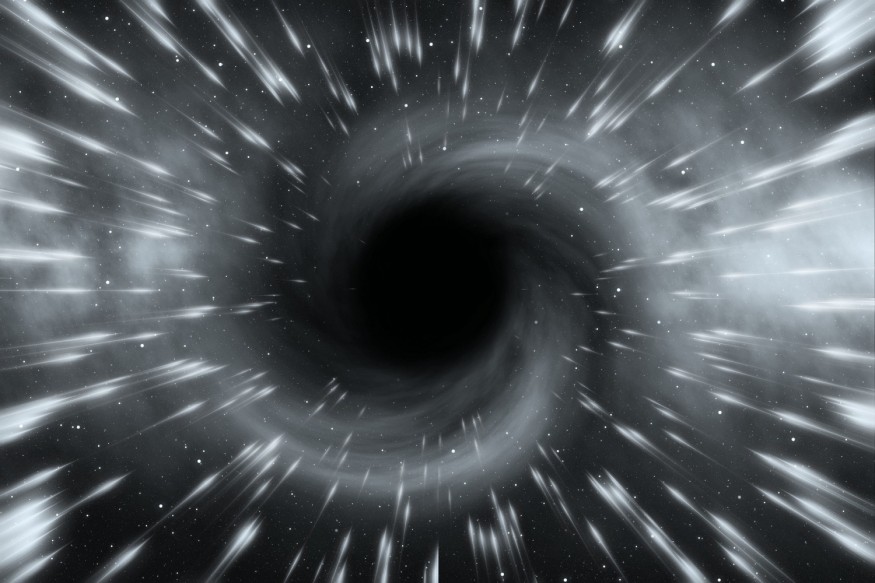
Astronomers have spotted a runaway supermassive black hole that may serve as the first observational proof that such supermassive black holes can be expelled from their home galaxies.
Supermassive Black Hole
According to Live Science, this supermassive black hole was seemingly expelled from its host galaxy and has been blazing through space at a remarkable speed with a trail of stars following behind it.
The research is included in a pre-print provider and is set to be published in the Astrophysical Journal Letters.
The astronomers were able to discover this supermassive black hole as a vibrant light streak as they used the Hubble to look into the RCP 28 dwarf galaxy, which is situated around 7.5 billion light years away from earth.
Further observations revealed that its streak has a length of over 200,000 light-years, which is roughly twice the Milky Way's width. This trail is thought to comprise gas that is compressed and that is active in star formation.
The supermassive black hole is also estimated to have a mass of 20 million suns. It is also moving around 4,500 times faster than sound at a speed of 3.5 million mph.
The researchers say that this streak directs to a galaxy's center, where a supermassive black hole can typically be found.
Pieter van Dokkum, the lead study author and professor of physics and astronomy at Yale University, says that the researchers found a thin line that points toward a galaxy's center. Moreover, with the Keck telescope, they discovered that the galaxy and line are linked. Upon performing in-depth analysis, they inferred that they were observing a supermassive black hole that was ejected from its home galaxy and left a trail of newborn stars and gas behind it.
Read also: Two Supermassive Black Holes Predicted to Collide Within Three Years: Here's What to Expect
Unique Trail of Supermassive Black Hole Is Not an Astrophysical Jet
Almost all, if not all, huge galaxies have supermassive black holes situated at their centers. Active ones usually deploy material jets at great speeds. This ejected material can often be seen as light streaks that seemingly resemble the ones spotted by the researchers. These are referred to as astrophysical jets.
Interesting Engineering reports that the researchers wanted to see if what they saw was not an astrophysical jet. Hence, the team looked into the streak and observed that it did not have any hallmark characteristics that make up an astrophysical jet.
These jets tend to get weaker as they go farther away from their source. However, the tail of the supermassive black hole became stronger when it moved further away from its cosmic origin point. Moreover, astrophysical jets typically fan out from the source. However, this tail stayed linear.
The researchers concluded that this streak could best be explained by a supermassive black hole that was blasting through the gas surrounding its galaxy while compressing enough gas to facilitate star formation.
Van Dokkum says that, if these findings are confirmed, this would be the first time for specialists to have clear proof that supermassive black holes can actually escape or leave their host galaxies.
RELATED ARTICLE : ESO Astronomers Reveal Supermassive Black Hole Pointing Towards Earth, 100 Times More Powerful than Gamma Ray-Burst
Check out more news and information on Space in Science Times.












